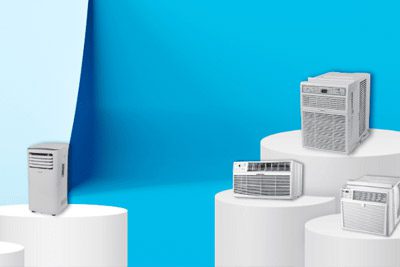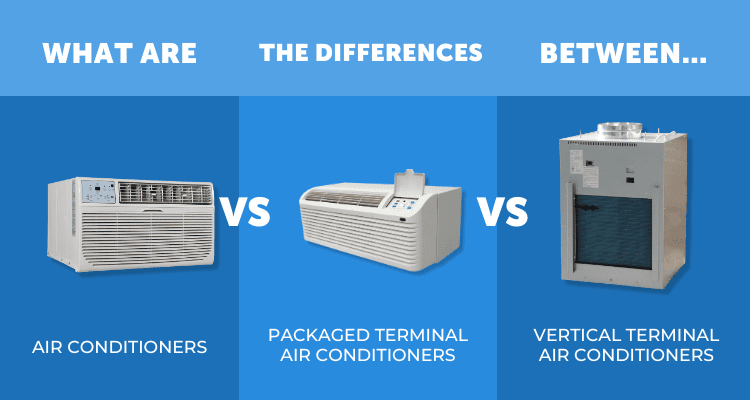
Summary
What are PTACs, ACs, and VTACs — and what are the differences!? We’re glad you asked. In this blog post, we’ll touch upon the key differences between Air Conditioners, Packaged Terminal Air Conditioners, and Vertical Terminal Air Conditioners. You’ll learn about each unit’s benefits and how to find the right one for your suites.
While traditional air conditioners excel in cooling larger spaces with centralized control, PTACs and VTACs offer a compact, energy-efficient alternative tailored for individual room comfort. Understanding the nuances of each system empowers you to make informed decisions based on your unique requirements.
What is a PTAC?
A Packaged Terminal Air Conditioner (PTAC) is a versatile cooling and heating unit commonly found in hotels, apartments, and office buildings. Think of it as a compact HVAC system that fits neatly through a wall, offering personalized climate control for individual rooms. With its all-in-one design, the PTAC efficiently regulates temperature while occupying minimal space. It’s like having a personal climate concierge right at your fingertips, ensuring comfort year-round with ease and efficiency.

What is an AC?
An Air Conditioner (AC) is a device that cools indoor spaces by removing heat and humidity from the air, creating a comfortable environment. It works by circulating refrigerant through a system of coils to absorb and release heat, resulting in cooler air being dispersed throughout a room or building.
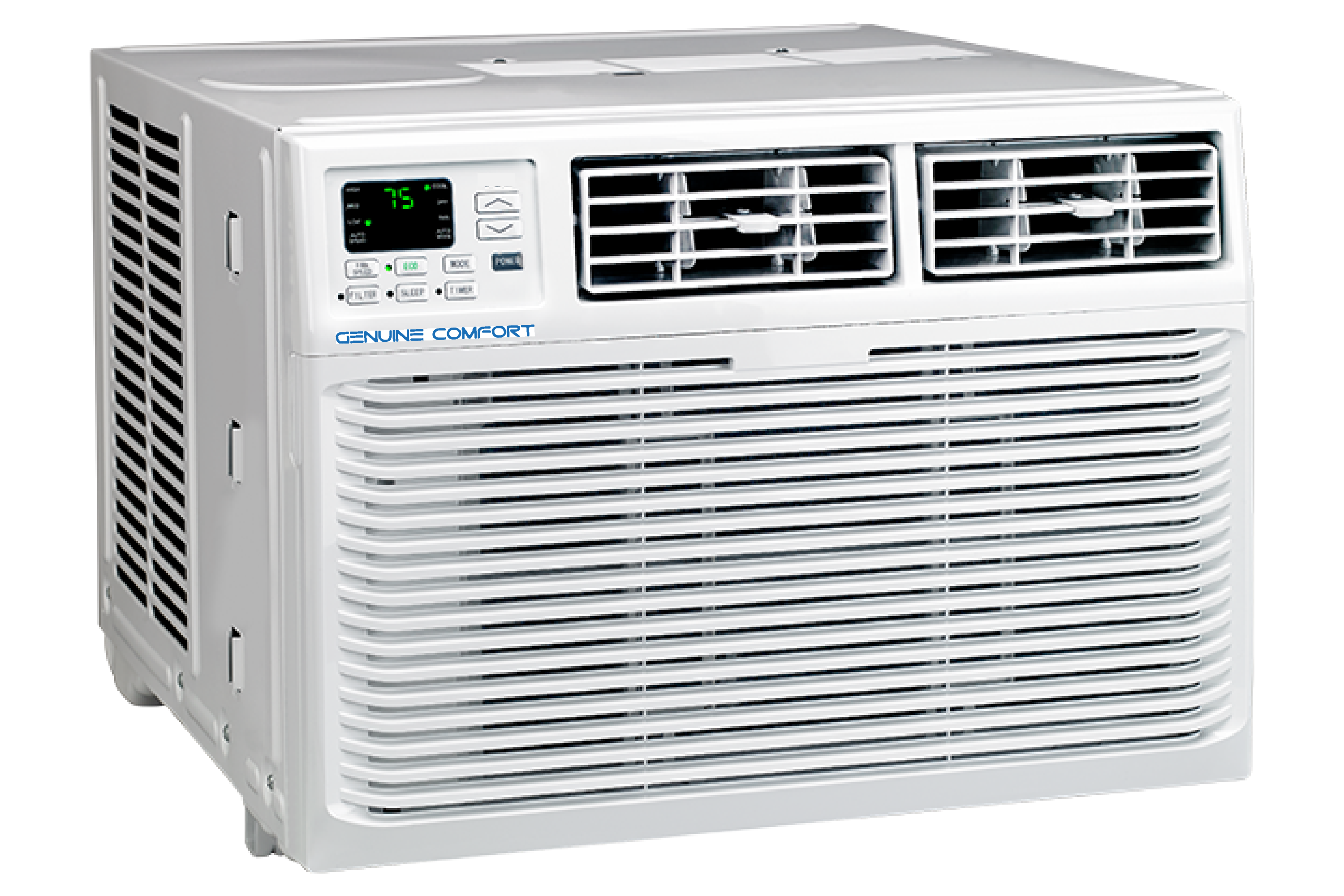
What is a VTAC?
A Vertical Terminal Air Conditioner (VTAC), is a cutting-edge cooling system designed to provide precise control over indoor temperatures. Unlike traditional AC units that operate at a fixed temperature, VTAC systems adjust airflow and temperature output based on real-time conditions, optimizing comfort and energy efficiency. It’s like having a thermostat that’s constantly fine-tuning your environment to keep you perfectly cool without wasting energy.
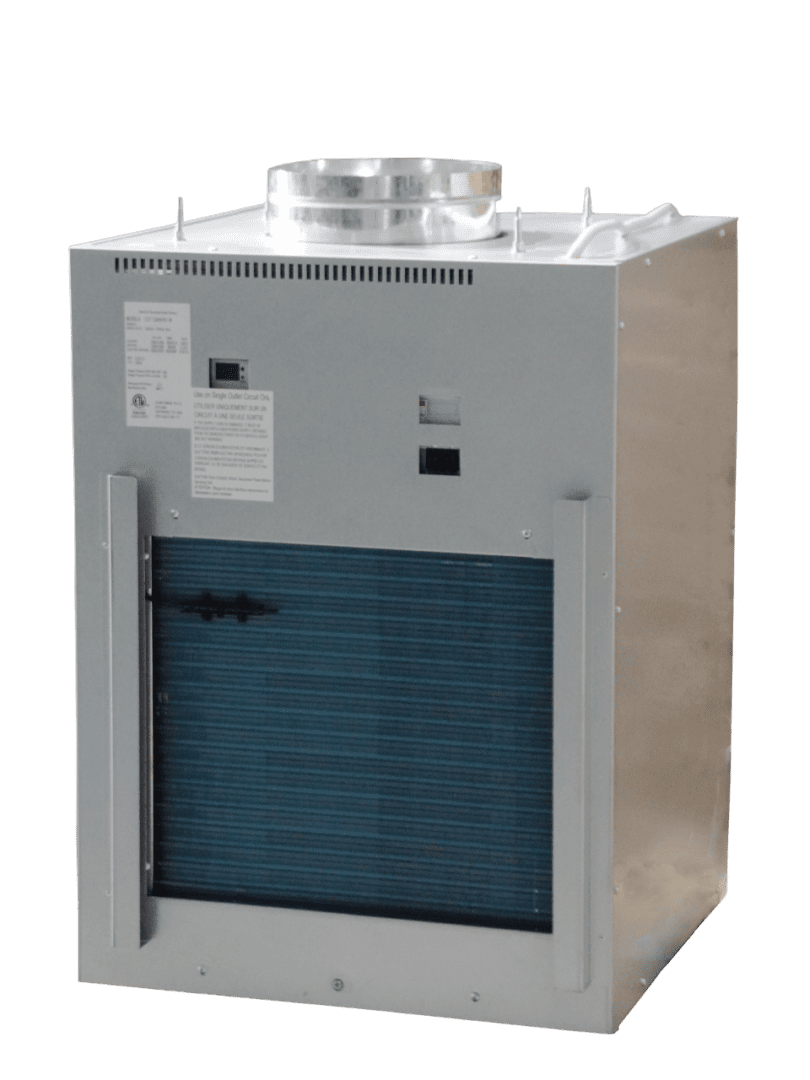
What Are The Key Differences?
Operation Mechanics
Installation & Space Requirements
Energy Efficiency
Customization & Control
1. Operation Mechanics
Traditional air conditioners typically consist of an indoor unit and an outdoor compressor. They utilize a centralized cooling system, distributing chilled air through ductwork. In contrast, PTACs are self-contained units installed through an exterior wall, combining both heating and cooling functions. VTACs are relatively new to the room AC space, allowing for a more out of sight option due to its closet like install. PTACs and VTACs are often found in hotels, apartments, and small office spaces, offering individual temperature control for each room.
2. Installation & Space Requirements
Installing a traditional air conditioner involves intricate ductwork and positioning of both indoor and outdoor units. This method demands ample space and professional expertise. PTACs and VTACs offer a plug-and-play solution, requiring minimal installation effort. Their compact design makes them ideal for spaces with limited room, offering a versatile cooling option without sacrificing square footage.
3. Energy Efficiency
Energy consumption is a significant consideration when choosing a heating and cooling system. Traditional air conditioners, with their centralized cooling mechanism, may experience energy loss through duct leaks and inefficiencies. PTACs and VTACs, on the other hand, boast high energy efficiency ratings, as they provide localized cooling without the need for extensive ductwork. This efficiency makes PTACs and VTACs a cost-effective choice for hotel rooms.
4. Customization & Control
One of the distinguishing features of PTACs and VTACs are their individual room control capability. With PTAC units, occupants can adjust temperatures according to their preferences, offering personalized comfort in multi-room settings. Traditional air conditioners, while effective in cooling larger areas, lack this granular control, often leading to temperature disparities and discomfort in different zones. VTAC units adjust airflow and temperature output based on real-time conditions, optimizing comfort and energy efficiency.
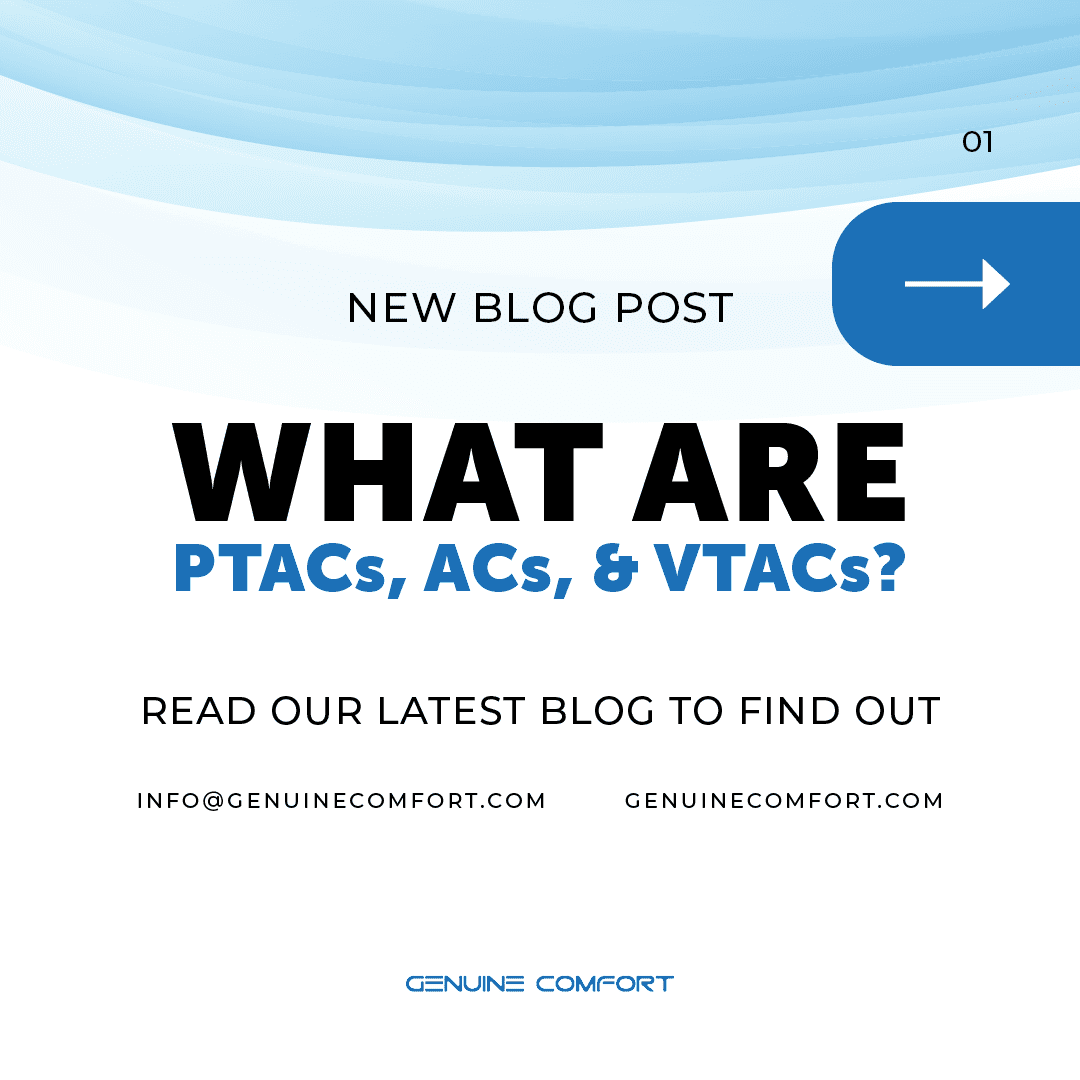

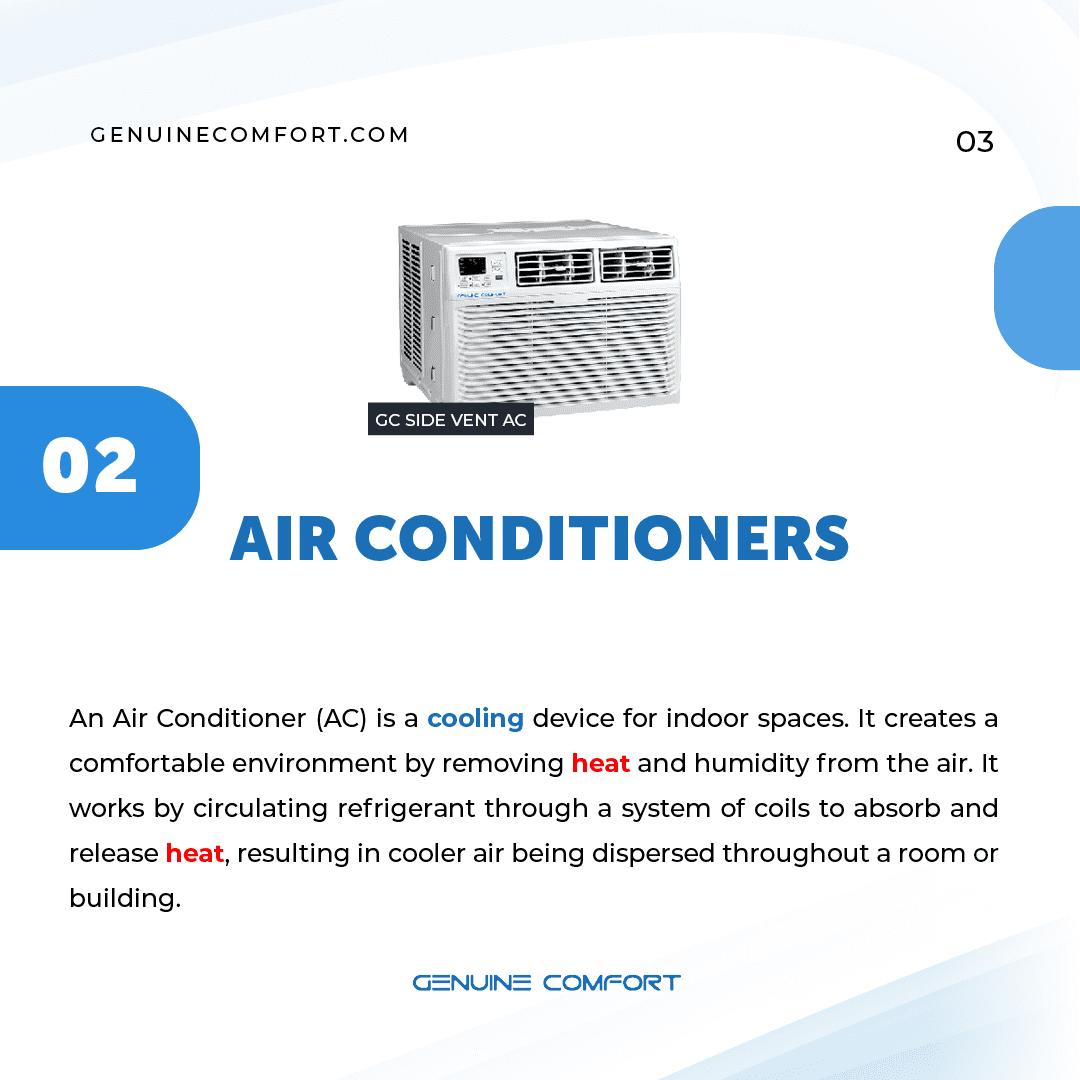

Cooling & Heating Solutions For Hotels
We offer a variety of room ACs, PTACs, and VTACs

42" GC PTAC
INQUIRE NOW
32" GCDM PTAC
INQUIRE NOW
26" GC PTAC
INQUIRE NOW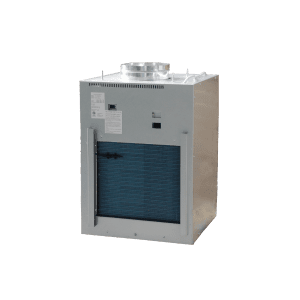
GCVT VTAC
INQUIRE NOW
GC TTW AC
INQUIRE NOW
GCWA SV AC
INQUIRE NOW
Vert. Window AC
INQUIRE NOW
GC Portable ACs
INQUIRE NOWConclusion
PTACs, VTACs, and ACs all offer unique cooling and heating solutions to enhance the living environment of rooms and hotel suites for your guests. Before you make a unit replacement it’s important to know the differences between these units, what they offer, and how you can find the right one to fit your solution. PTACs and VTACs are heating and cooling devices that are easy-to-install and offer a more customizable approach to temperature control. ACs are cooling devices that are often installed through a window and remove heat and humidity from a room to create cooler temperatures.


